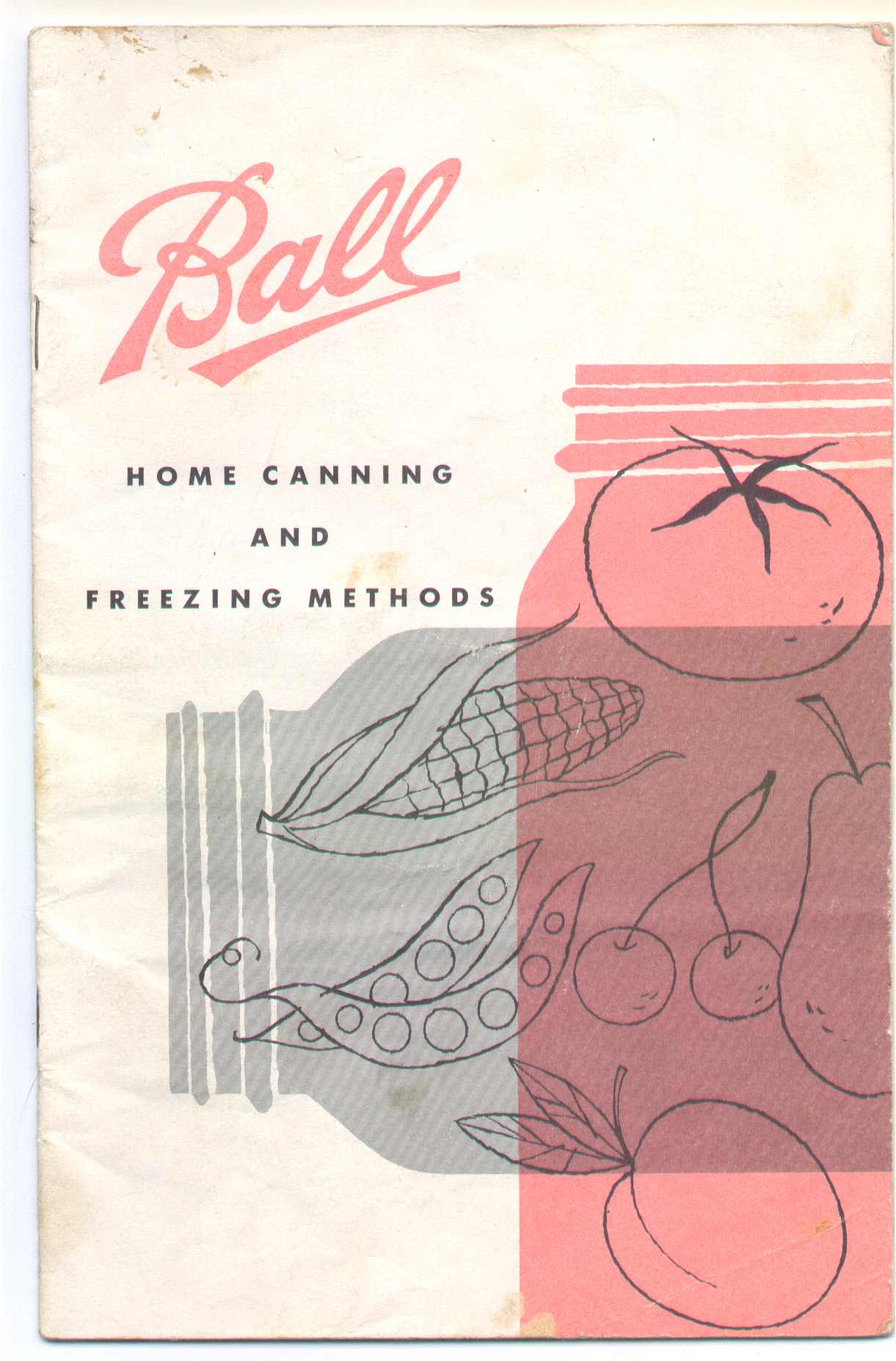
Now on to the how-tos! We’ll begin with the simplest and work our way up. Please note that I’m giving fairly quick explanations for the sake of brevity; before you proceed, consult the Ball Blue Book for specific guidelines on the type of food you’re working with.
Dehydrating: I dehydrate tomatoes, peaches, and apples. Some fruits and vegetables need pretreatment in the form of blanching or dipping (soaking in a solution of lemon juice and water). One thing I’ve found, however, is that my tomatoes tend to do better unpeeled, which prevents them from sticking as much to the dehydrator. I also like to spray my dehydrator with olive oil, again to prevent sticking.
Freezing: This is my method of choice for most vegetables, blueberries, pesto, and peaches/strawberries destined to end up as shakes. Most vegetables need to be blanched; most fruits should be peeled, pitted, or cored as you’d prepare them for raw eating. The catch here is that foods won’t come out nice and crisp after freezing, so it’s best to freeze sturdy foods (i.e. no lettuces!) that you’re planning to cook after freezing. You also need to have adequate space in your freezer to store all the food; a chest freezer is a great investment here. The wonderful thing about freezing is how quick the process is; you can turn a bowlful of green beans into a tidy little stack of freezer bags in an hour.
Canning: I can peaches, applesauce, jams, jellies, fruit butters, salsas, tomatoes, and dilly beans. The really important thing with canning is to make sure that everything is clean and that you follow the recipes EXACTLY! Heat lids and jars, then place the prepared food into hot jars (generally a funnel is necessary here), filling to appropriate headspace. Wipe the top of the jar and the threads clean, place a hot lid on the jar, and screw the band on tightly. Place the jars on the canner rack, process the jars in the canner for the specified time, then remove and let cool on a dry towel. After 12-24 hours, check the seal on the lid (I usually hear them popping within minutes after removal from the canner). I also find that I need to wash my jars after they’ve cooled, since they are invariably slightly sticky. I skipped this last year and had a horrible time prying the rings off my applesauce, since they were firmly glued to the jars and had to be washed in very hot water to loosen them.
Now that we’ve gone through the general methodologies, here’s a brief run-down of the foods I most often work with, the ways I preserve them, and any tips or tricks to make things go more easily, as well as a few ideas on utilizing these in your cooking the rest of the year!
A general note on Jams and jellies: A batch of freezer jam is an easy one-person job to knock out in an hour or so, depending on the fruit. Strawberries are our preferred freezer jam fruit, while cherry, peach, or blueberry make our favorite cooked jams. Apple butter (made by cooking down applesauce) was our hands-down favorite last year, and we’re planning to try pumpkin butter this year. A little-known secret—you can use plain juice from the grocery store (think Welch’s) to make delicious jellies, as long as it’s 100% juice. Since this only takes a few minutes (mix sugar, juice, and pectin, boil, then fill the jars), it’s a great homemade gift that takes very little time to make a huge quantity!
- Peaches: Can whole, can as jam, freeze, or dehydrate. The trick here is using absolutely ripe peaches, so the skins slide right off when you blanch them and the peaches open easily. You also want to look for freestone peaches, which means the pit will come out easily. If your peaches aren’t quite ripe, just stick them in a brown paper bag for a few days until they give slightly to gentle pressure. Using up peaches is never a problem here; I generally just open a can and serve them with dinner in lieu of fresh fruit.
- Pears: Can or dehydrate. One year someone gave me about a bushel of unripe pears. While I waited for them to ripen up, they started to rot. I ended up cutting out rotten spots and peeling unripe pears, and it was a nightmarish experience; I haven’t tried it again. I will say, however, that while the regular pears weren’t anything special, I canned a batch of cinnamon pears that were a universal favorite and ended up being the stars at Thanksgiving that year.
- Applesauce: Can/cook down as apple butter. If you're planning to make applesauce, make sure you purchase "seconds." These apples aren't quite perfect (bruises, irregularities in coloring or shape), but they're ideal for applesauce and will cost about a fifth of what you'd pay for eating apples. My favorite thing to can, since it’s super easy: wash the apples, cut them in fourths, dump them in a huge pot with some water, and boil them until they’re soft. Dump the squishy apples out into a strainer, turn the crank, and voila! No need to peel or core, since the strainer removes all the gunk. One tip: put the gunk back through the strainer for a thicker applesauce (and to avoid waste, since a lot of good stuff may get dumped out as well). Keep an eye on the apples and make sure they have enough water—although I confess that my kids ate burned applesauce last year and never noticed the difference. J I also don’t add any sugar or spices to mine; I find it’s sweet enough as is and I like to substitute applesauce for oil in my cooking, so I prefer to keep it without any extras. Apple butter is to die for; we made far too little last year and have vowed to never make that mistake again!
- Cherries: Can as jam. We love both sweet and tart cherry jam; I’ve never canned pie cherries (much to my husband’s disappointment). A cherry pitter is a lifesaver here; spend the extra $10 to get a commercial-grade one with a plunger rather than a dinky hand-held.
- Blueberries: Can as jam, freeze. Freeze UNWASHED blueberries (they have a waxy coating that’s removed when washing that helps preserve them in the freezer) and wash before use, although I confess I never bother with this because I pick my berries at an organic farm. We love to use our blueberries in pancakes, muffins, and in steel-cut oats all winter long.
- Strawberries: Can as jam, freeze. We’ve found that strawberries make the best freezer jam, they’re good in cooked jam but nothing too revelatory, so we generally use the strawberry cooked jam for PBJs. My husband loves strawberry shakes, so that’s where most of ours go, and he eats a lot of the freezer jam in oatmeal. We also like to defrost frozen strawberries halfway, chop, and eat them on whole-wheat waffles.
- Tomatoes: Can whole, can as salsa, freeze whole, dehydrate. You can also make spaghetti or tomato sauce, but as it takes about 45 lbs of tomatoes to produce 7 jars of sauce, it’s never seemed worth the effort to me. I love salsa, but be forewarned, it requires a lot of chopping. Dehydrating is almost mindless; I dry mine until they are not fleshy but before they get crispy, then pop them in a freezer bag and stash them in the freezer. This year I’m also planning to do some in olive oil with herbs. Dried tomatoes are a great way to jazz up a homemade sauce (rehydrate in a little hot water for about half an hour before use) or fabulous in pesto. Frozen tomatoes are great for vegetable soup, canned tomatoes are a good substitute in any recipe where you’d normally use diced or crushed tomatoes.
- Green beans: Can as dilly beans, freeze. Just like a pickle, except it’s a green bean—these are fantastic and definitely worth a try! The lovely thing is that whereas crisp crunchy cucumber pickles are a bit tricky, the small size of green beans lends itself well to that satisfying crunch. Frozen beans are very easy—simply wash, snap off the ends, break them into 2-inch pieces, and freeze. When you’re ready to use them, just cook as you would normal frozen beans from the store. These hold up really well in the freezer and still have a lot of the zest and crunch of a raw bean.
- Corn: Freeze. Husk, blanch, and cut corn from cob, then freeze. One word of caution—the milky kernels will adhere to each other and form a brick in your freezer that is almost impossible to break up. I usually end up beating my freezer bags against the counter.
- Squash: Freeze. Peel and cut into serving-size pieces, blanch, and freeze. Use in soups & stews. Shredded zucchini in recipe-size portions is a great way to enjoy zucchini bread all year long!
- Pumpkin: Freeze, pumpkin butter. Remove seeds, bake pumpkin, peel, and freeze. A key point: drain out the excess water after you defrost the pumpkin. I like to use mine in muffins and soups, as well as the ubiquitous pie.
- Peppers: Freeze. I wash and freeze jalapenos whole, then defrost them as use as I would fresh peppers. For bell peppers, I wash them, dice, and freeze in half-cup portions in sandwich bags, then put 10 or so in a freezer bag, and use them in any foods with a slightly longer cooking time (I avoid using them in stir-fries, since they would be a bit soggy, but if something is cooking for longer than 10 minutes, in go the peppers!)
- Pesto (basil): Freeze in serving-size portions inside a larger bag, just as with peppers. We love pesto spread on paninis (mozzarella and tomatoes make a great combo with this), on pizzas (fresh tomatoes and Parmesan), or tossed with good-quality pasta.
If you have any questions for Rachael, you can either ask in the comment thread or contact her directly at: theirchronicles {at} gmail {dot} com








6 comments:
Canned cherries are so easy to do and amazing to eat! Just wash, pit and pour a light simple syrup over and can. I just wish I could find cheap cherries here in Texas.
It's so nice to have all these instructions in one place. Thanks so much for writing this!
wow, rach! you are my garden harvest hero. I hope next year I can do more. one step at a time, right?
Do you have to have a dehydrator to dehydrate, or can you use the oven?
Nope, you can use the oven to dehydrate. If you google "how long to dehydrate _____," you'll easily find directions for both the oven and the dehydrator for that specific food.
how do you make your apple butter?
Post a Comment